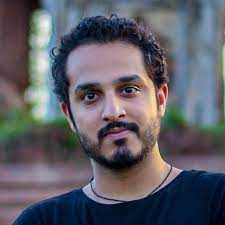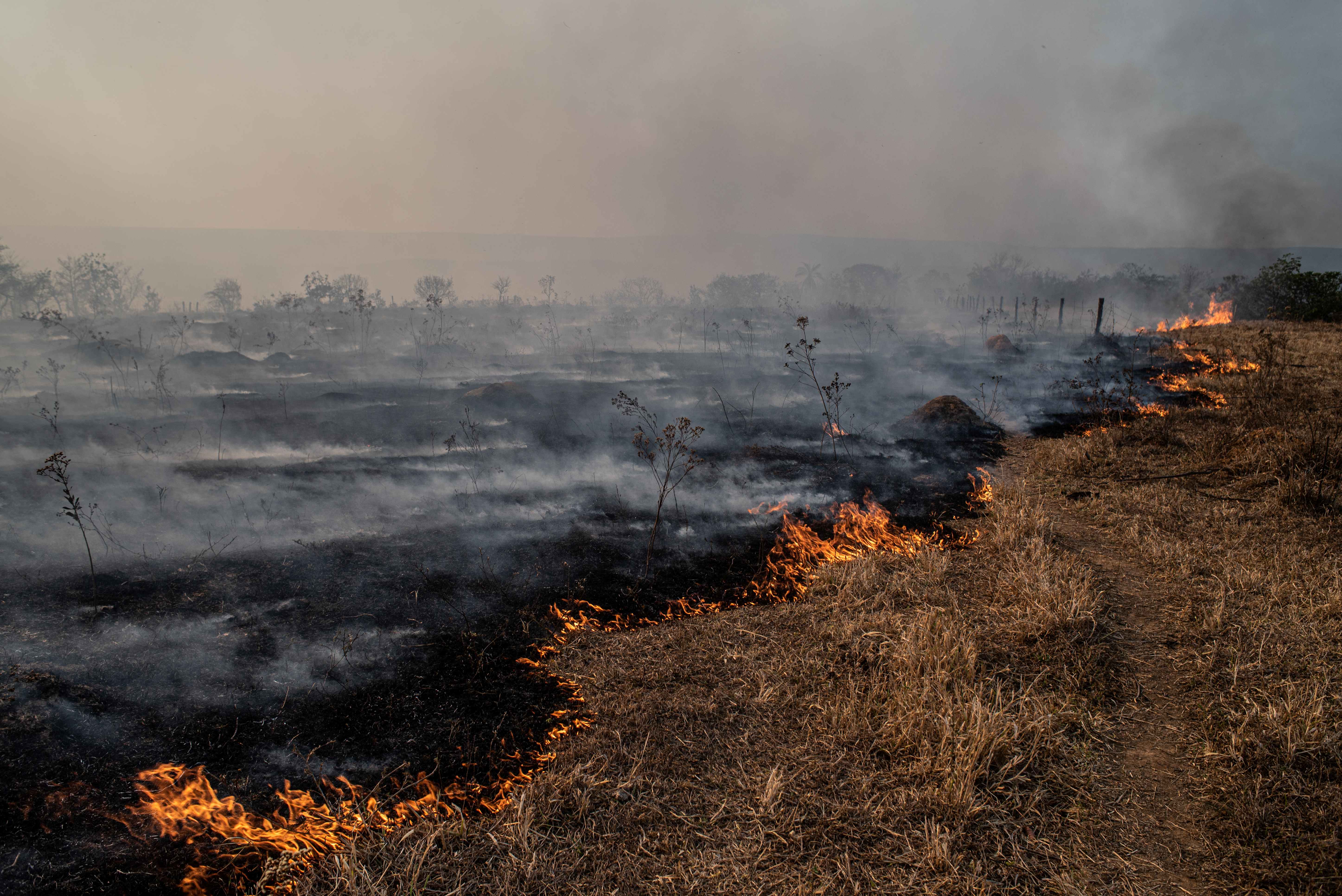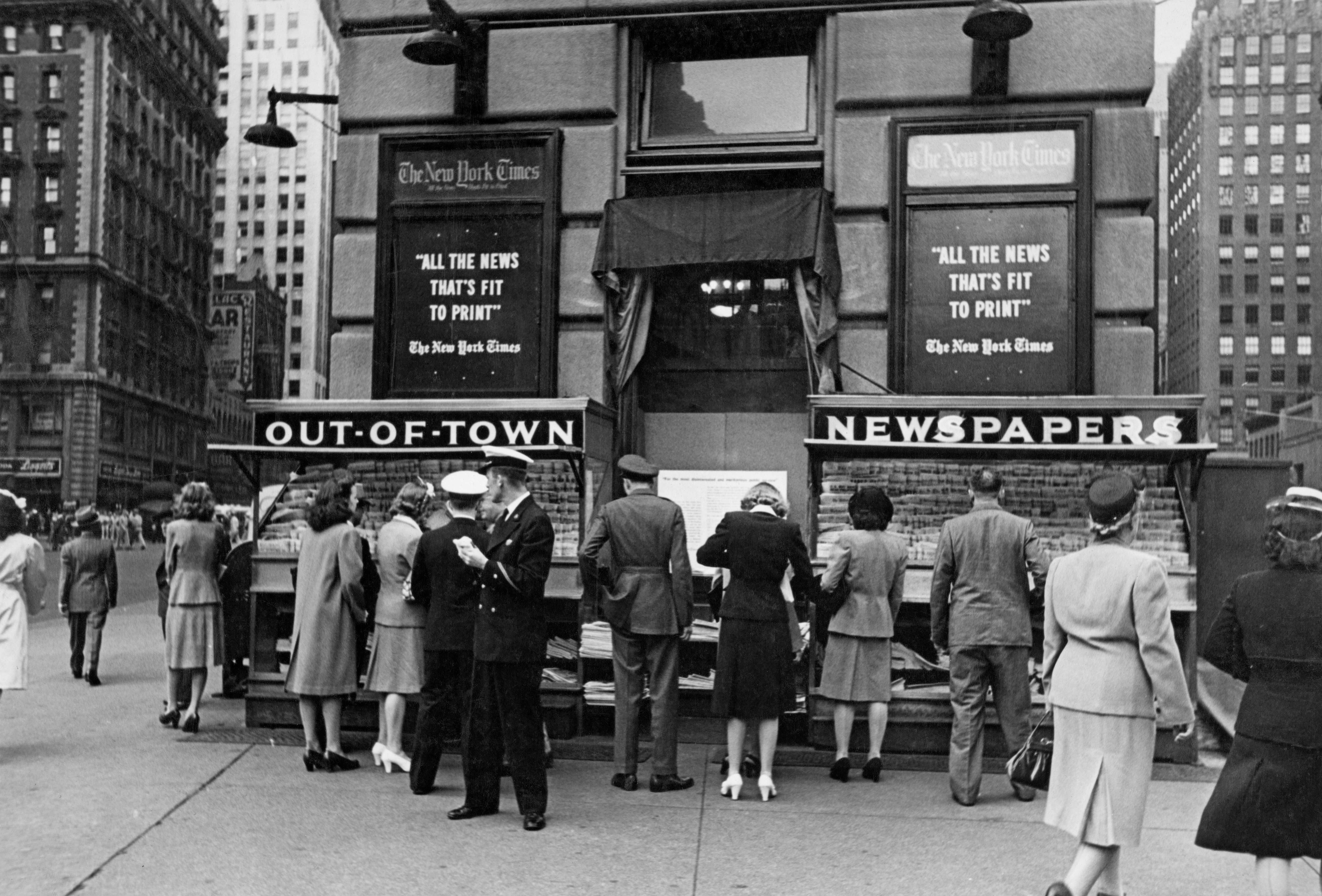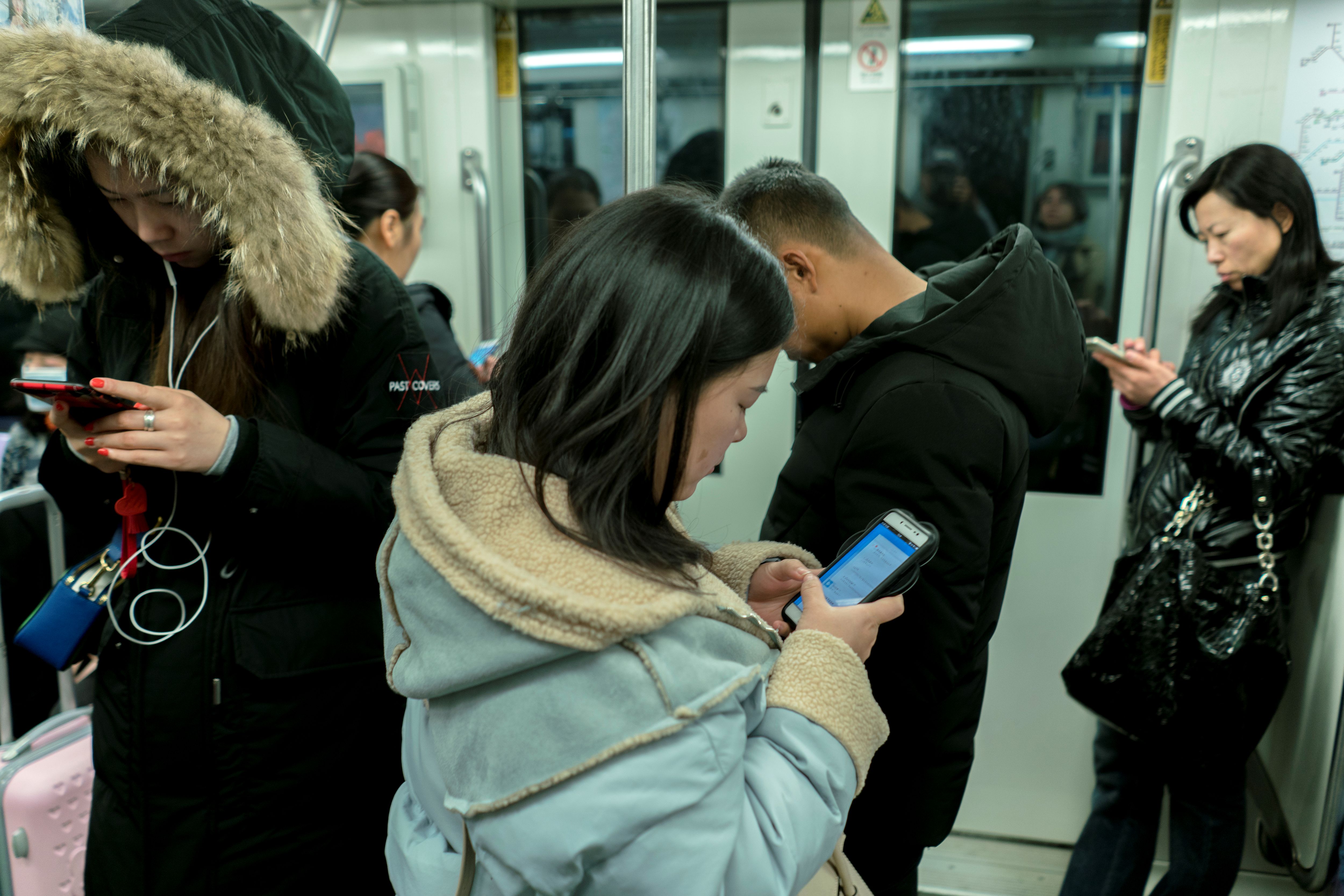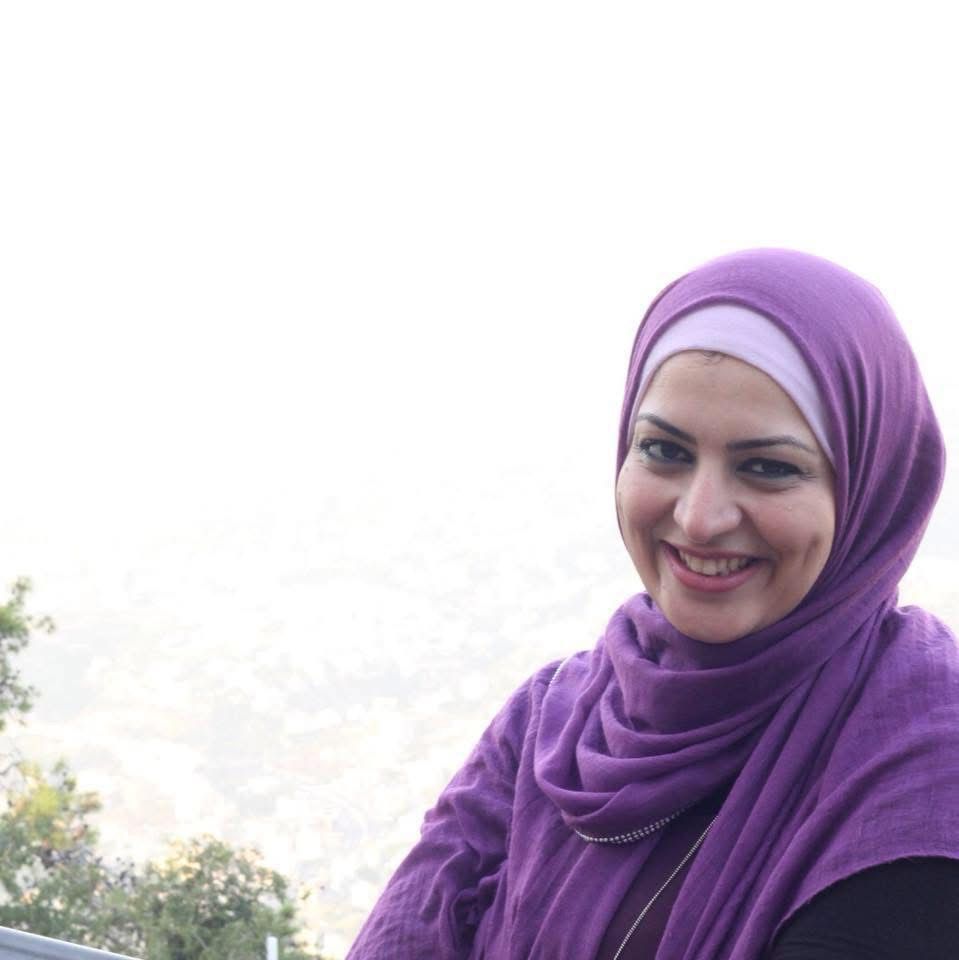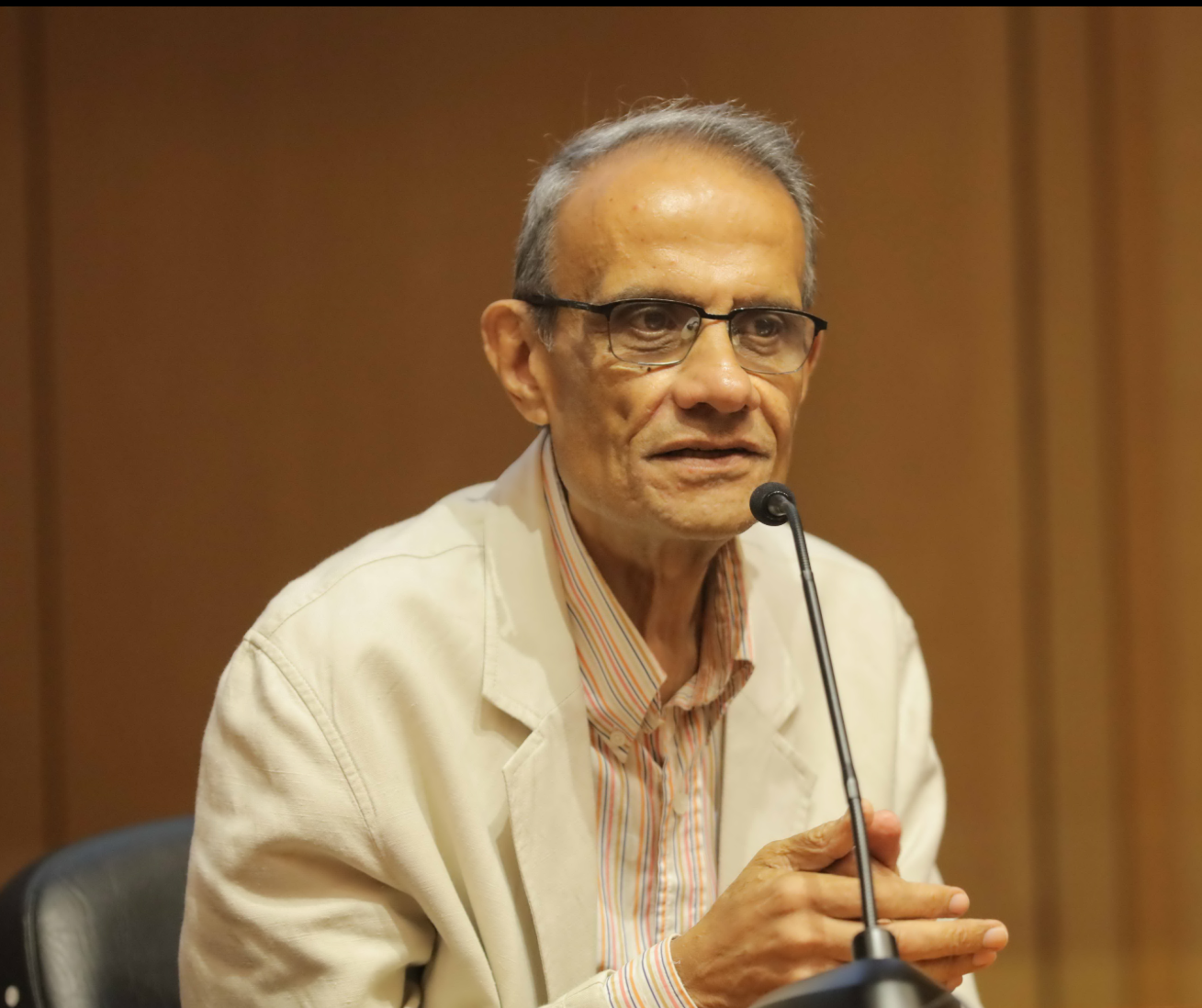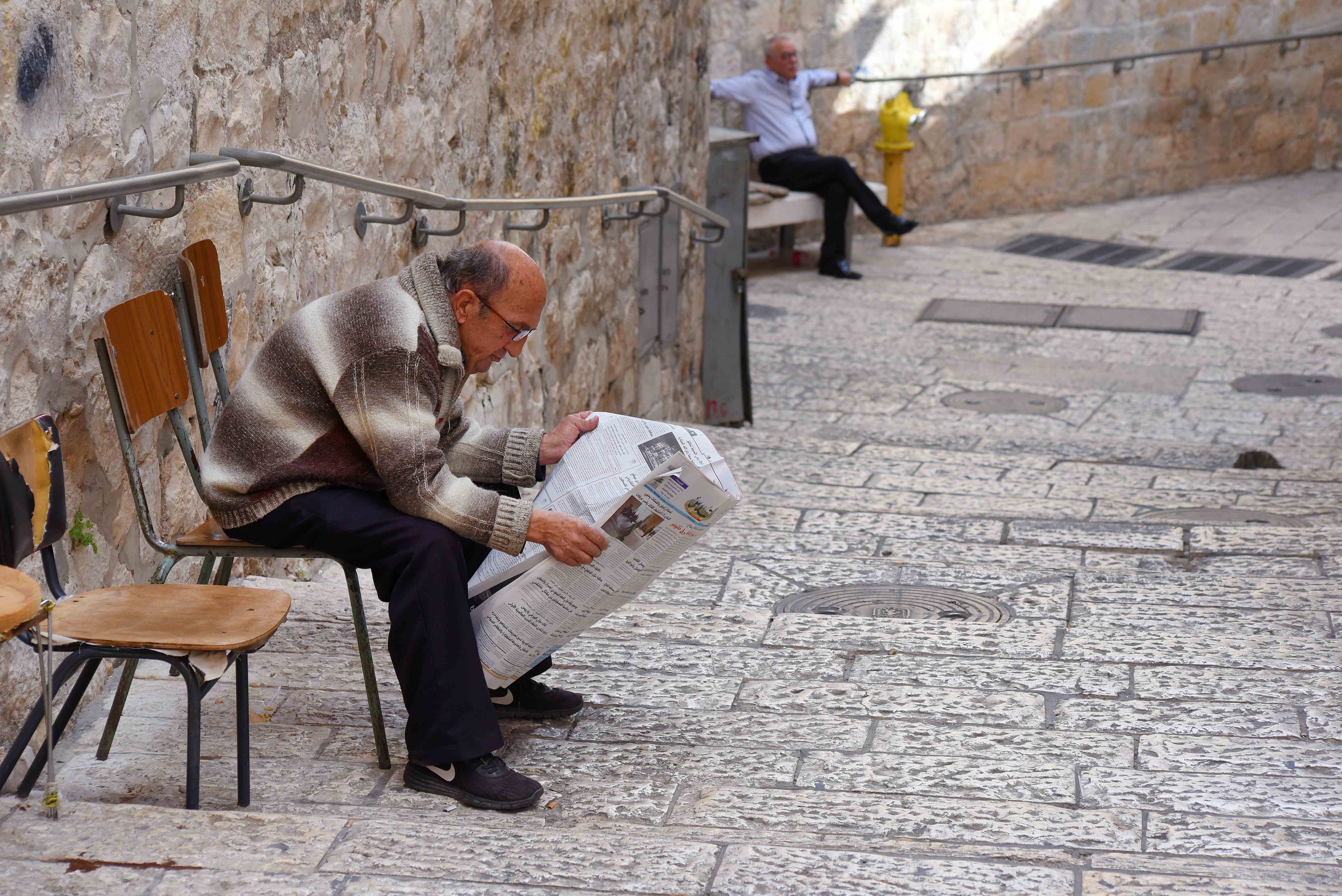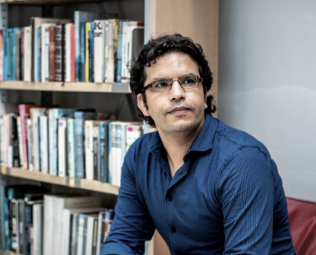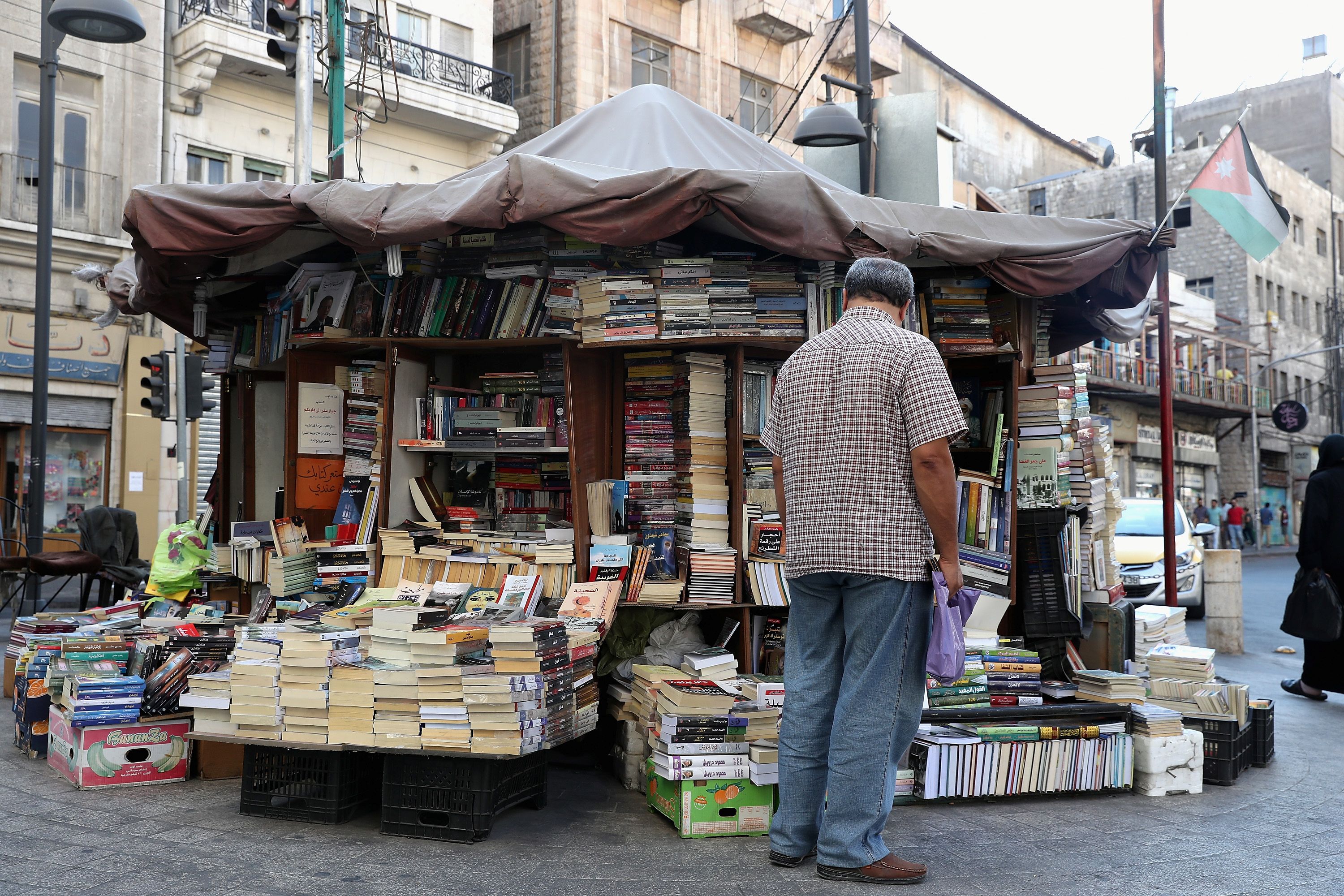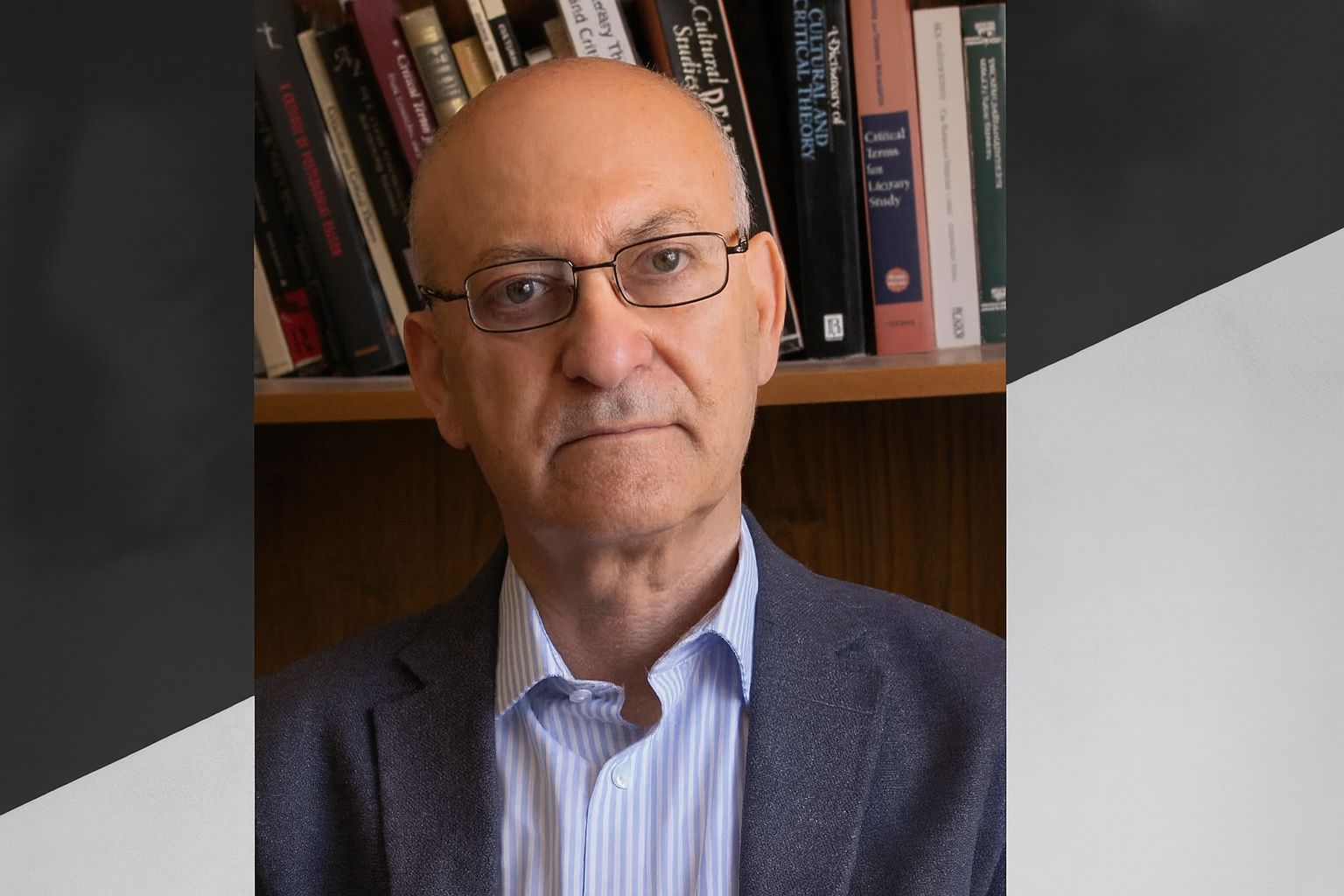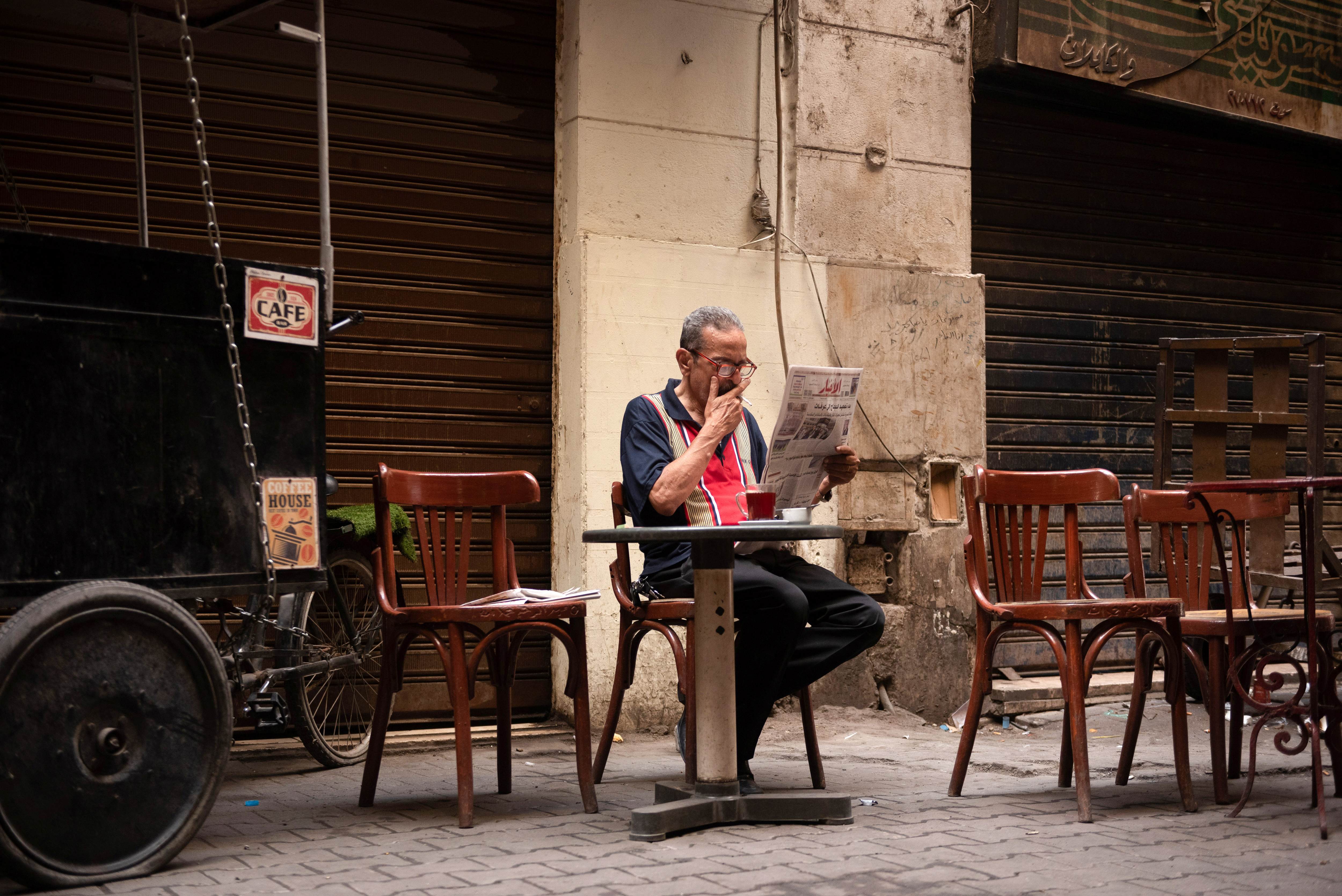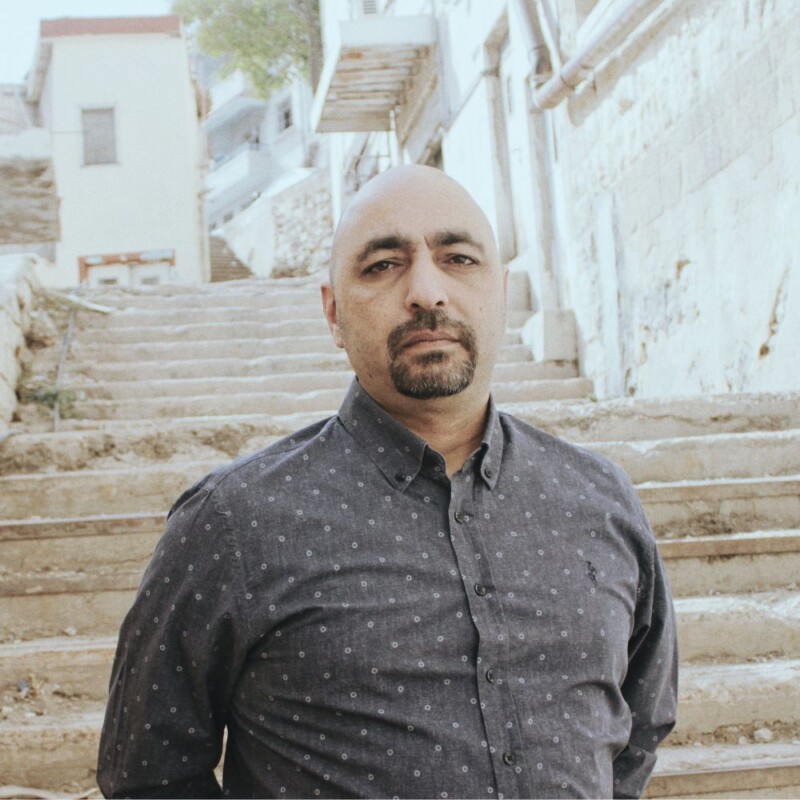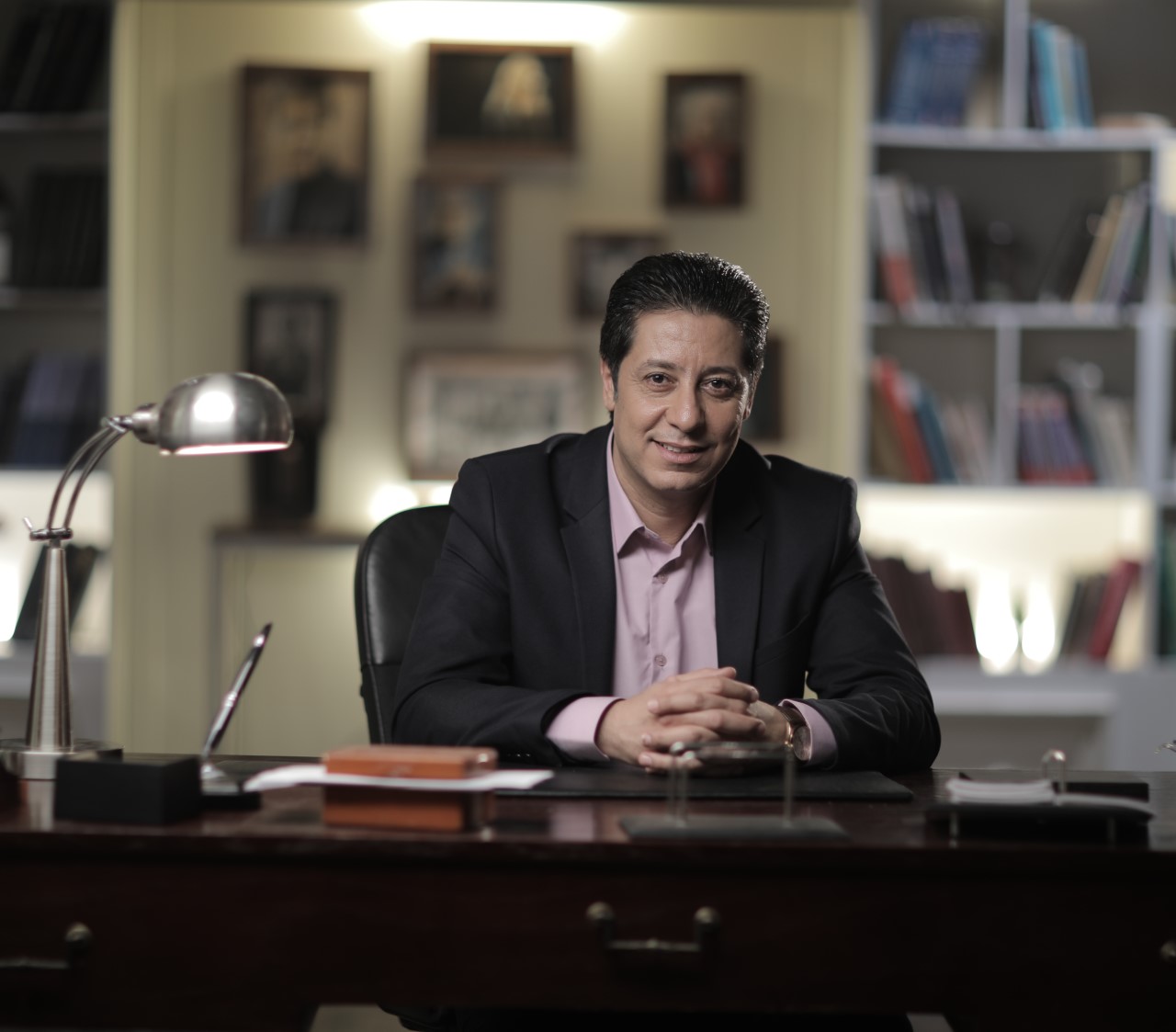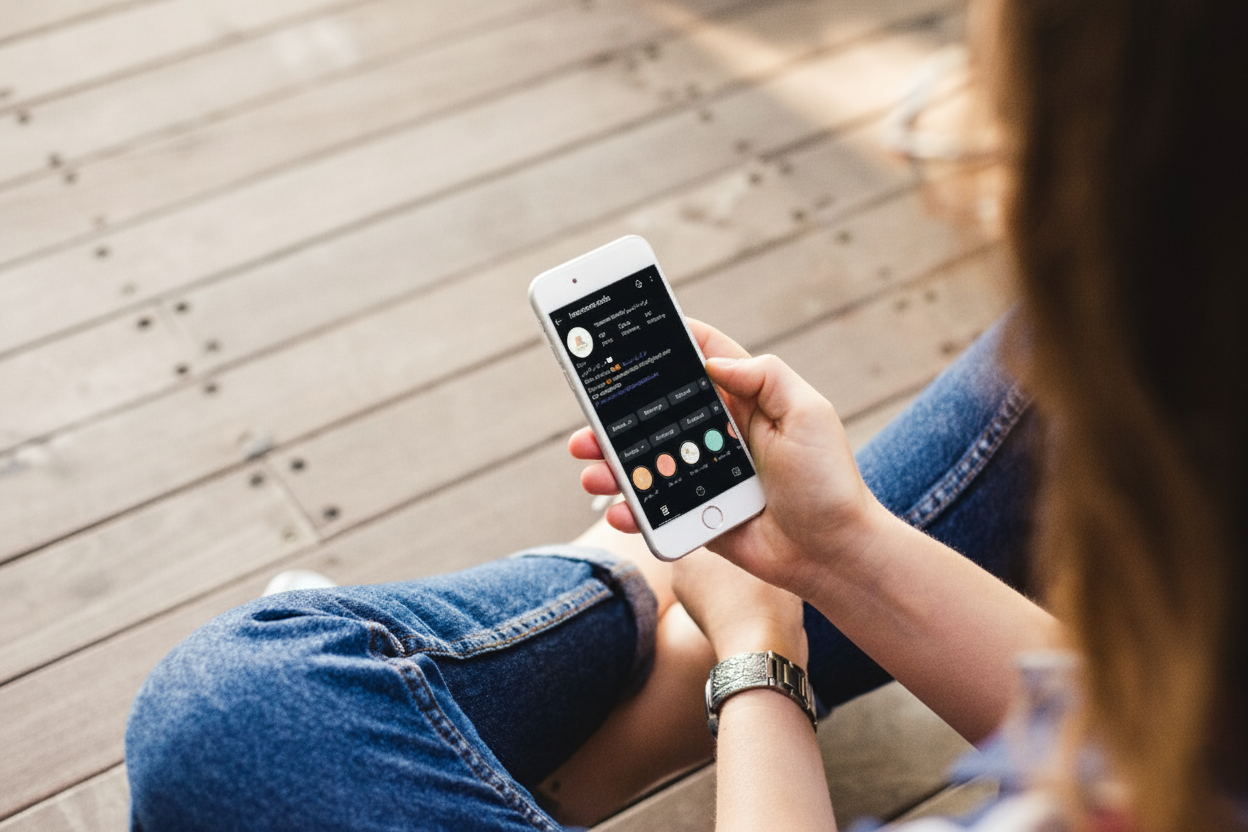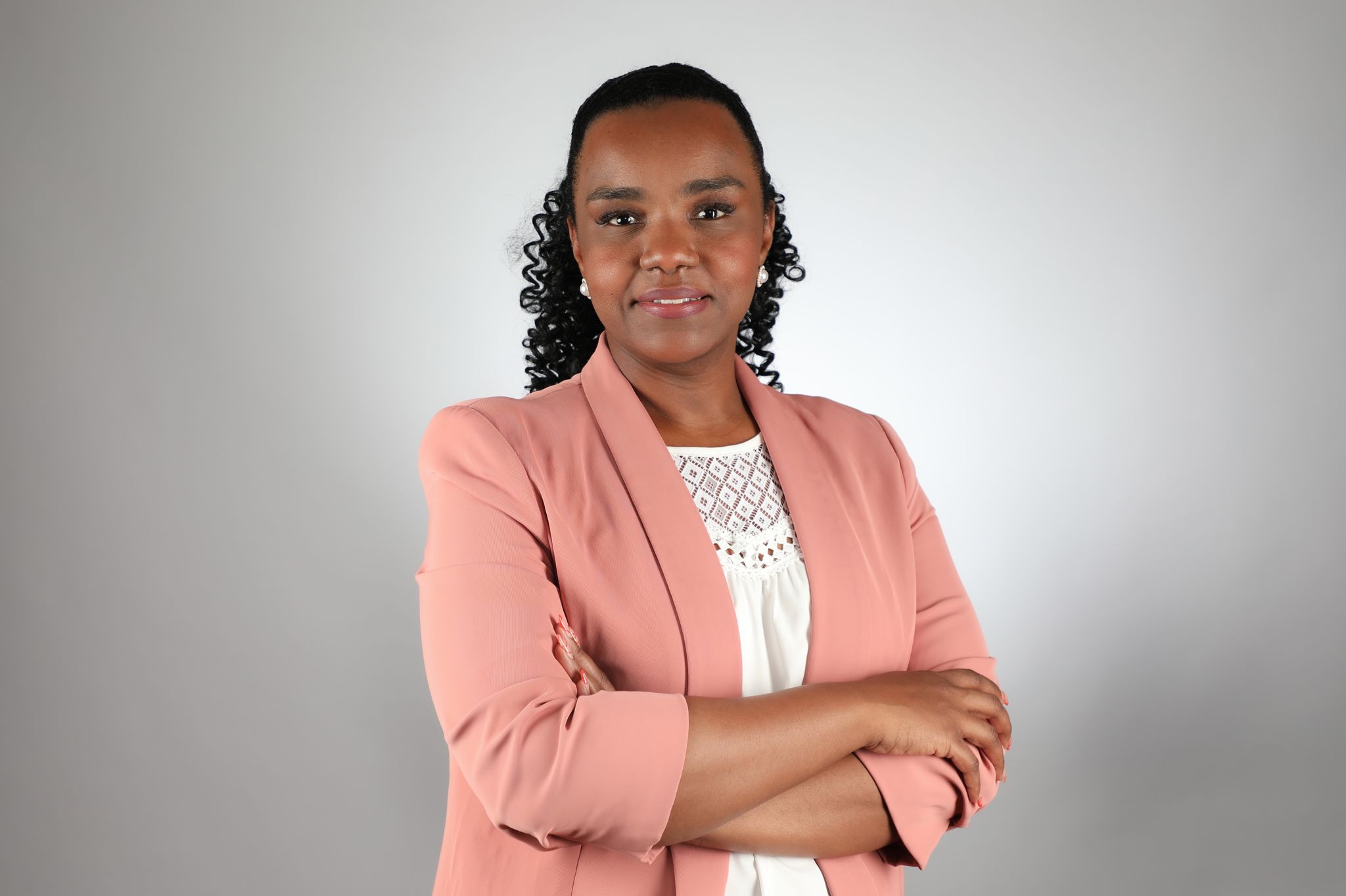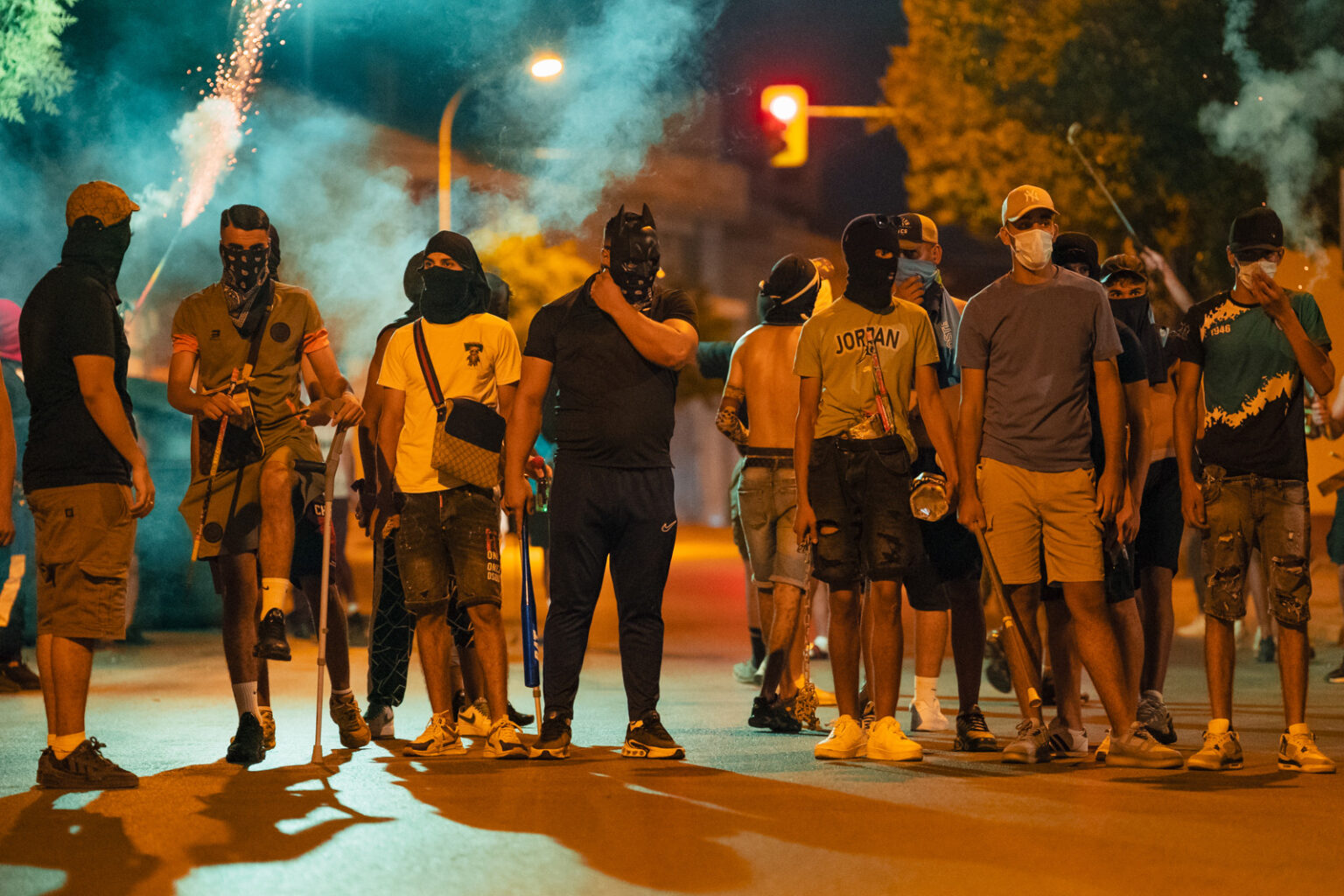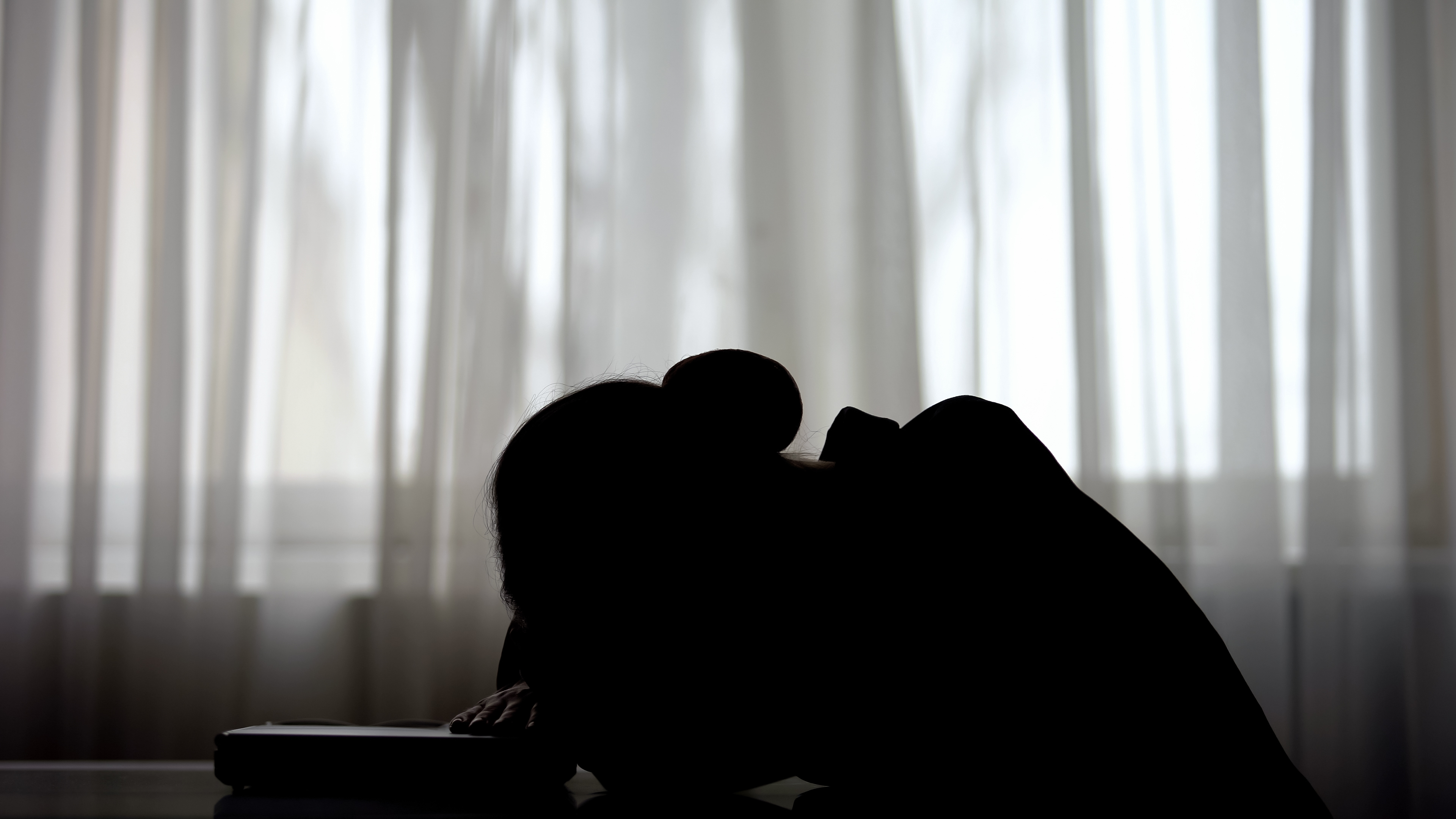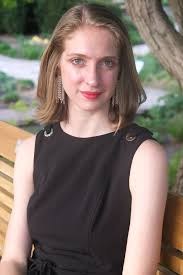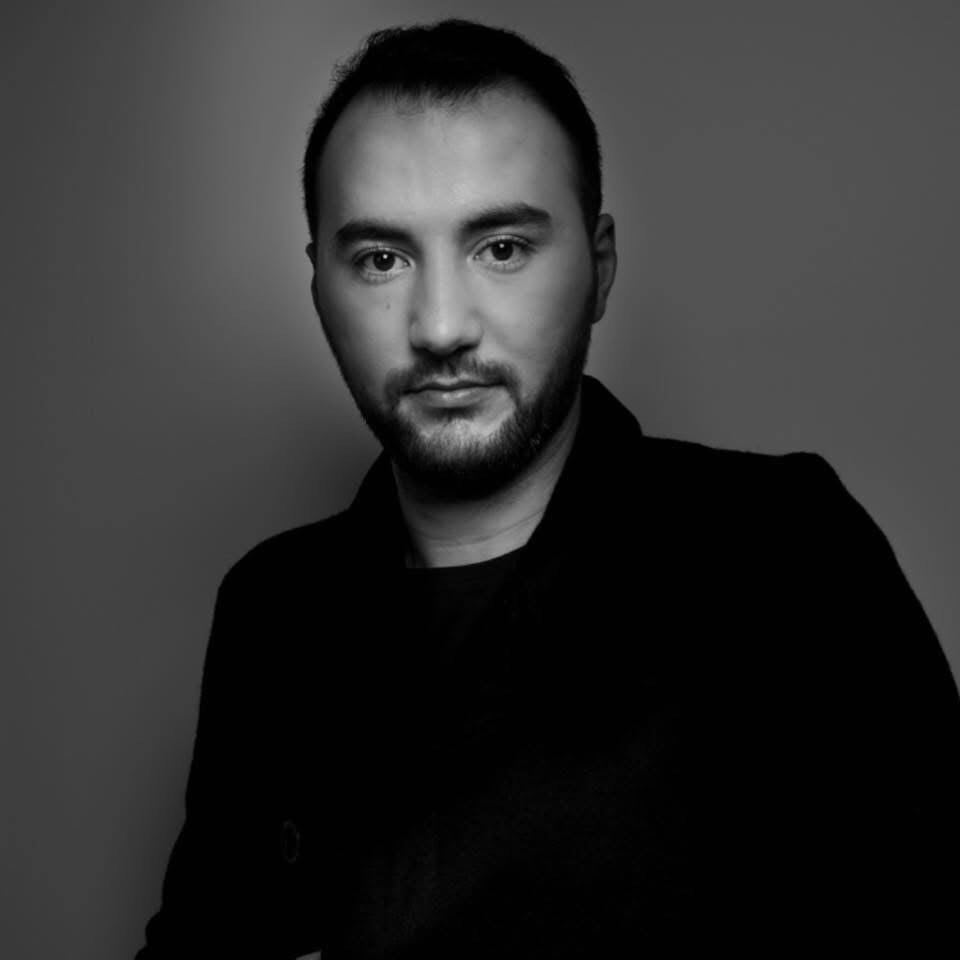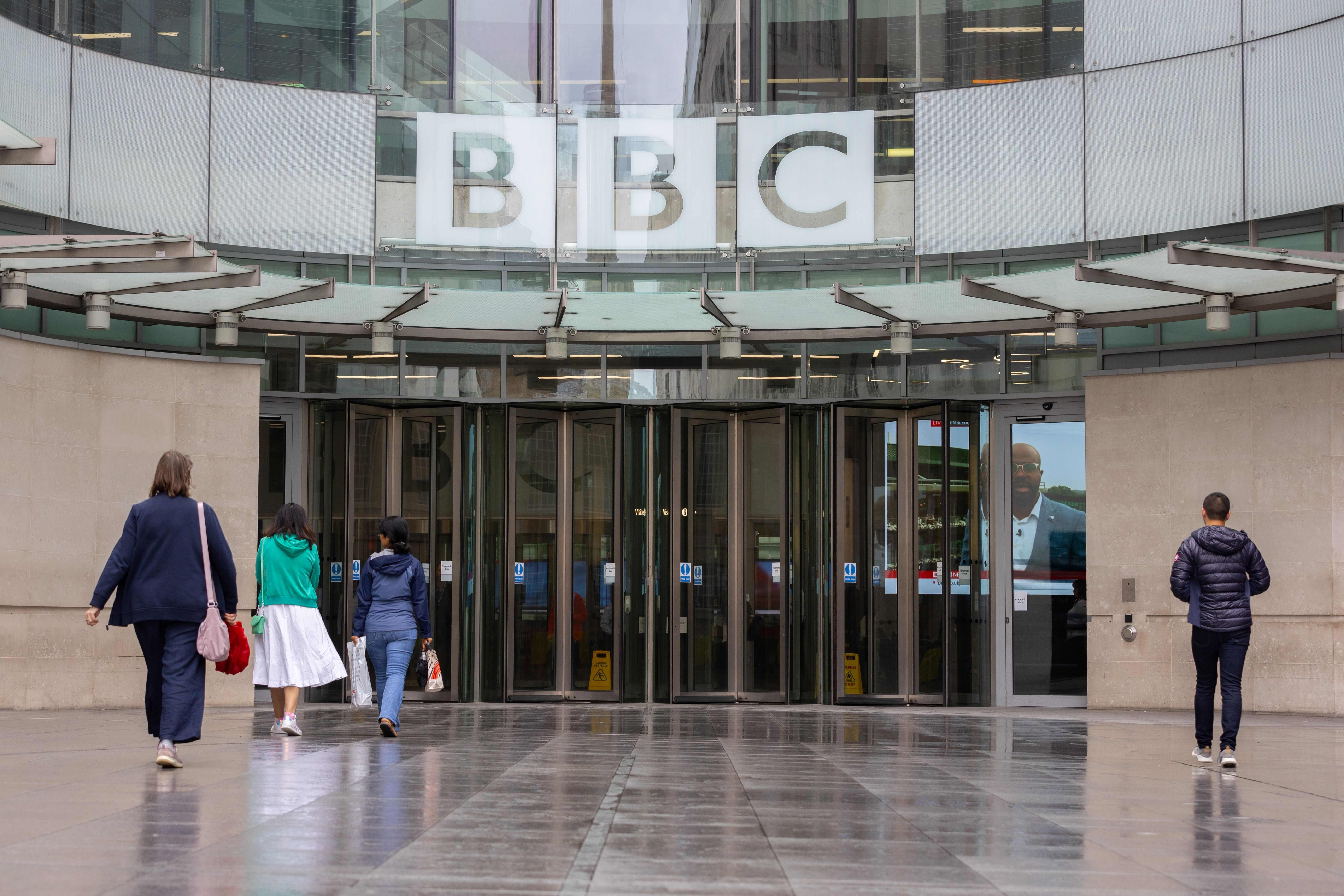It took me years to see how my privilege would influence the outcome of interviews with minority Hindus in Pakistan. This ‘positionality’ is something journalists should pay closer heed to.
My longest interview to date lasted for 10 hours, spread over five sittings of two hours each. The interview was with a Hindu priest at a historical temple in Lahore, Pakistan.
Whereas once there had been hundreds of Hindu temples all over Lahore, there were now only two functioning ones when I was conducting this interview, more than 10 years ago.
The majority of these temples had been abandoned at Partition, when Lahore experienced violent communal riots between Hindus, Sikhs and Muslims that led to the migration of the Hindu and Sikh community from the city, and the rest of the province, to India. At the time of Partition, the population of the Hindu community in the city was almost at par with the Muslim community. Now it is negligible enough to not even warrant a separate category in the census reports.
The interview was eye-opening and shaped my understanding of the lived experiences of the Hindu community in Pakistan. It was a detailed first-person account of everyday violence, an unimaginable sense of marginalisation and micro-aggression; a story of how the post-Partition Pakistani identity manifested itself on the bodies of Hindu minorities.
In this nationalist worldview, Pakistan is associated with a Muslim identity, and India with Hindu. The complex politics of pre-Partition British-India are reduced to a simplistic narrative that Hindus and Muslims could not live together, that Hindus wanted to oppress Muslims in an independent India, which is why there was a need to create a Muslim Pakistan.
The Pakistani State has promoted this worldview over the years through political rhetoric, the education curriculum and nationalist media.
The life-story of the priest that he so generously shared with me, was the story of how this macro-perspective finds its way into the behaviours and attitudes of the majority community population, and how that shapes their interactions with the minorities, particularly Hindus.
During the course of this interview, something that really stood out for me was the interviewee’s need to convince me of his patriotism, of his love for Pakistan, and his insistence on living in Pakistan despite everything.
This was also a time when many Hindu families were migrating to India, forced to do so due to the socio-political situation here in Pakistan. At that time, I found this reiteration monotonous, a needless detail to an otherwise intense interview. In my eyes, it was peripheral information in relation to the “core” story. Over the years, as I find myself thinking back to that interview, I am increasingly convinced that this was perhaps the most important part of the interview, something that I failed to notice at the time.
As journalists, we are trained to believe that we are not part of the story, that we are silent, objective observers of events who, despite being present, are not meant to be present.
I was not a neutral observer: The priest was responding to my questions in a particular way because of who he perceived me to be
Seen through this perspective, my interview with the priest was not about me, but about him, his stories, his experiences. My experiences and background were meant to be irrelevant. But is that even possible? Can an intimate interaction between two individuals – an interviewee and interviewer happen without the experiences and the backgrounds of one of them entering the space?
As a journalist, I am inclined to say yes, that my experiences have nothing to do with the context of that interview, but that would show how unaware I am of how my presence is eliciting a particular response from the interviewee, how it is shaping their answers and how that would eventually shape the story I would write.
What then emerges from an interview is not the story of an interviewee, but the story of an interviewee told to a particular interviewer, whose very existence prompted certain aspects of the story to be told, and not others.
I am an upper-middle class Punjabi, Sunni, male, cis-gendered, straight Pakistani. In other words, I am as mainstream as one expects to be in this society. My identity aligns most neatly with the Pakistani identity, the norm, through which all other identities are measured and defined. The further away an individual or a community is from this identity, the more systemically marginalised it is likely to be. A working-class middle-aged Punjabi Hindu priest is quite far from this core, normative identity, that I represent.
During the course of the interview, while I was blind to this privilege, the priest of course was not. I can say all of these things, criticise the treatment of the Pakistani State of its Hindu minorities, challenge other State policies without my patriotism being questioned. It is in fact a major reason why I have been able to work with religious minorities and write about their history and heritage in the country for over a decade. A middle-aged Hindu priest from Lahore doesn’t have that privilege. The moment he talks about these issues, his patriotism will be questioned. He will be asked to leave Pakistan and go to India. Even worse, he can become a victim of mob violence, of which there are several examples.
There were many moments in the interview where the priest talked about all of these issues openly. He talked about how, after Partition, many Hindus in Lahore had to change their names into Muslim or Christian-sounding names to hide their identities. He talked about how several people still regard Hindus to be impure and don’t share utensils with them, a tradition that has its roots in the casteist concept of ‘untouchability’ in South Asia. He talked about how for many years, the Hindu minority did not dare celebrate their religious festivals, even within the sanctuary of their temple for fear of a backlash. They had to do so within closed rooms. He talked about how the temple was attacked in December 1992, as a reaction to the demolition of Babri Masjid in India. He told me how the temple was burnt and how several Hindu families, including that of the priest had to remain underground for several months after, fearing for their lives.
In that 10-hour-long interview, he talked about all of these issues without reservation. But scattered within these anecdotes were also stories of his, and the Hindu community’s love for the country. He wanted to remind me that his criticism of these practices doesn’t mean that he hated Pakistan, that his loyalty did not lay on the other side of the border, as Hindu minorities are often accused of.
Our positionality is something that we as journalists have to think about more deeply, particularly in complex stories, in contested spaces, where there are multiple 'truths'
Now that I reflect back on the interview, I wonder if the priest felt it was necessarily to couch his stories of marginalisation with statements of love for Pakistan, given my identity as a Sunni-Muslim Pakistani.
I was not a neutral observer for the priest, and the space of the interview was not a safe space. We were still in Pakistan, and I was part of the majority community that has, over the years, exerted its right over the State and the country by exhibiting violence over religious minorities. In that space, it is easy for me to imagine myself as an objective journalist, far removed from the experiences of the priest, but doing that would be ignoring my positionality and the privilege that comes with it.
The priest was responding to my questions in a particular way because of who he perceived me to be. The interview was, therefore, not a one-way process of storytelling, but a story that was told as a response to my presence, my positionality and my background. The story would have been different, if it was a different journalist - a Hindu or a Sikh journalist, for example. The “objective truth” of the priest’s life story that would have emerged from that interaction would have been different from the “objective truth” that emerged as a result of his interaction with me.
Our positionality is something that we as journalists have to think about more deeply moving forward. How does our presence shape the interaction? How does the interviewee perceive our background or positionality and how does that shape their answers? Particularly in complex stories, in contested spaces, where there are multiple “truths”, these questions are extremely important because they will determine what part of the story we get to hear, how that story is told and what our role as journalists in telling that story ought to be.
Haroon Khalid is a writer and journalist from Lahore, based in Toronto, Canada.
The views expressed in this article are the author’s own and do not necessarily reflect Al Jazeera Journalism Review’s editorial stance
